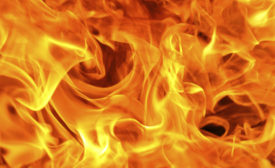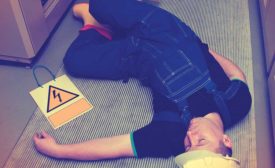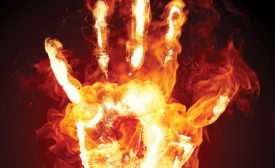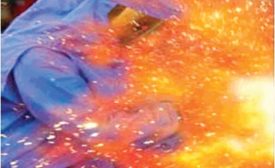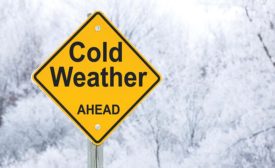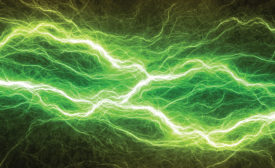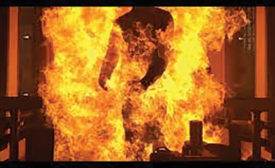FR Protection
NFPA 70E® 2018 represents cutting-edge safety thinking
Beyond shock & electrocutions
August 1, 2017
Arc flash protection myths & mistakes
‘It won’t happen here’ is dangerous complacency
June 1, 2017
Protecting hands from shock & arc flash
A new ASTM standard will broaden your choices
May 11, 2017
Know all the causes of arc flash accidents
Are careless employees always to blame?
March 1, 2017
What you should know about NFPA 2112
Its FR performance criteria might not satisfy your needs
August 2, 2016
Get our new eMagazine delivered to your inbox every month.
Stay in the know on the latest safety trends.
SUBSCRIBE TODAYCopyright ©2023. All Rights Reserved BNP Media.
Design, CMS, Hosting & Web Development :: ePublishing
